|
A learning disability does NOT mean a student can’t learn. And it does not mean that a student will not be successful in life.
A learning disability is a neurologically-based processing problem - which is just a fancy way of saying a student learns differently. While we can all identify our struggling learners, how do we know if a student has a learning disability?
THE DISCREPANCY MODEL
One way to determine if a student has a specific learning disability is to utilize THE DISCREPANCY MODEL. This is the old school method, but as of today, it still holds true. Here’s how it works! A SEVERE discrepancy must exist between ability and achievement. In other words, a severe discrepancy between cognitive development usually measured by some IQ test such as the WISC and academic achievement testing using something like the WIAT-III, Woodcock Johnson, or KTEA, MUST be present when using the discrepancy model. But what constitutes a “SEVERE” discrepancy? Typically, a good rule of thumb is to use a -1.5 standard deviation as your definition of severe. A student scoring within the first or second standard deviation above average in IQ (i.e. 118) and achieving low to below average in academic areas (standard score of 84) would be considered to have a severe discrepancy. A student’s IQ MUST fall into the average or above range in order to qualify for special education services under a specific learning disability. A discrepancy would be noted if the academic percentiles or stanines fell into the below average ranges. If there is a significant discrepancy between a students IQ and a student’s achievement/academic testing scores, it indicates the presence of a learning disability. The area of the discrepancy indicates the area of the learning disability. For example, if a student’s IQ is 90, and his/her Reading achievement tests’ standardized scores fell at 75 or under, it can be concluded that a disability in reading is present. However, if a student’s IQ is 85, which is low average, and all of his/her academic testing is right around the low average range, they are not learning disabled. Rather, they are functioning at his/her cognitive level. Here are some more examples: IQ - 90 (average) Academic Achievement in Reading Composite - 78 (below average) Finding: Specific Learning Disability in Reading IQ - 100 (average) Academic Achievement in Mathematics Composite - 82 (below average) Finding: Specific Learning Disability in Mathematics IQ - 100 (average) Academic Achievement in Reading Composite - 87 (average) Finding: non-finding as Specific Learning Disability A severe discrepancy can also be viewed within subtests on cognitive testing as well. For example, if using the WISC IQ test and a student scores reveal a ten point or higher discrepancy between verbal and performance IQ scores and a fairly decent variation among the various subtests, it could also be indicative of a specific learning disability.
THE RTI MODEL
The Response to Intervention (RTI) Model is the second path leading to Special Education eligibility of services under a specific learning disability. Here’s how it works! An educator has an area of concern about a student. For example, the student is reading 2 years below grade level and is making minimal progress in the classroom. First, the educator should meet with the family to discuss concerns, obtain any additional background information, and explain the student referral process to the family. Second, the educator meets with the school’s student support team. This team can include the family. At the first meeting, the educator should present concerns and share relevant information as well as interventions trialed and their results. Using this information, the team should identify appropriate AND research-based interventions, develop an action plan for the student, and set a date to meet in 3 weeks. Third, the second meeting takes place. At this meeting, the team should compare the baseline data obtained from the first meeting to the current performance data gathered after the 3 weeks of intervention. If the student has made progress, the difficulty has been solved! If the difficulty persists and minimal progress has been made, the team may increase the intervention and/or identify additional interventions. The action plan is revised and the team should set a date to meet in 3 weeks. If the difficulty persists and no progress has been made, the team may suspect a disability. As a result, the team should refer the student to special education. In this case, the special education team may choose to do further testing to either support or rule out a learning disability. Fourth, if a third meeting has been set, the team should meet and review the student’s progress with the intervention(s). If the student has made progress, the difficulty has been solved! If the difficulty persists, or rather, the student has made minimal to no progress with the intervention(s), the student should be referred to special education. In this case, the special education team can find a student eligible for special education services under a specific learning disability without further evaluations. Exclusionary Factors An important facet of the special education team’s determination is to rule out exclusionary factors that could be mimicking the presence of a disability. So even if a severe discrepancy is present and/or the RTI model has concluded a referral to special education, the team must determine that the lack of achievement in the area of concern is not a result of cultural factors, environmental or economic disadvantage, limited English proficiency, visual, hearing, or motor disability, or an emotional disturbance. While we never want to label a student, we most certainly do not want to mis-label a student! By: Miss Rae
2 Comments
9/23/2018 0 Comments How to Write Special Education Achievement Reports - with Reading Evaluation Examples!
So you finished testing a student. Now what?
Most testing programs have taken some of the workload off of your shoulders! The majority of achievement tests have moved to web-based scoring. Testers are able to plug in raw scores, click a button or two, and get furnished with standard scores and various reports able to do some of the analysis for you. Writing testing reports can feel overwhelming. The information shared within a testing report is conveyed to families and educators working with the student. The data should be utilized during the educational planning process.
Every testing report should begin by stating the reason for testing. Has the student been referred for testing due to a recent diagnosis? Has the student been struggling in the area of reading? Is the referral the result of a student/teacher assistance team meeting? Is the testing the result of a three-year re-evaluation per a student’s IEP?
Next, the tests administered should be listed.
A student’s background information should be summarized as well. What information is relevant for this evaluation? Did a student repeat a grade? Has the student had extended absences from school? Is the student a second-language learner?
Evaluations should include an observation of the student. A student should be observed for about a fifteen minute time period. Observations should be performed during the content that is the area of the disability.
Evaluators should also observe student behavior during testing. For example, did the student appear anxious during reading subtests? Did the student use strategy for solving difficult problems, or did s/he not employ any strategies for solutions? Did the student wear glasses?
Next, provide a brief blurb that summarizes the standardized academic achievement test used to measure previously learned skills. For example, common tests are the WIAT-III, Woodcock Johnson IV Tests of Achievement, KTEA-3, etc.
After the blurb, testers should include the standard score range along with the test’s classification. For example…
The next step is to look at each academic cluster that was tested. The tester should summarize the facilitation and purpose of each subtest. For example, the student was given two minutes to solve single-digit multiplication problems to measure fluency of basic math facts. After an evaluator summarizes a student’s performance on each subtest in a skill area, strengths and weaknesses within the cluster should be discussed. Begin with areas of strength in a student’s cluster area profile. Analyze all subtests in the skill area in order to identify strengths. Cite specific examples within the report as well to support the claims. Next, address a student’s areas of need, and use this terminology. Lagging skills should not be termed weaknesses for the word’s connotations. Again, cite specific examples to support analysis claims. Include each cluster area evaluated in the same manner.
Then, an evaluator should include additional academic testing areas. Report about these in the same manner as well, addressing areas of strength and need.
Curriculum-based measures and progress monitoring results should be reported next. Academic evaluation reports should conclude with a summary and recommendations based upon the summary. An evaluator will want to summarize the results… STUDENT has learned a strategy of using context clues in order to make meaning within a text. This was seen in the Quick Phonics Screener as well as the Reading Comprehension subtest on the WIAT-III. He has a good grasp on short vowels and consonant letter sounds and is able to apply these skills when decoding. Noted areas of need for STUDENT were long vowel words, R-controlled vowels, and consonant digraphs (i.e. wr, sl). This was seen both in the Quick Phonics Screener, WIAT-III reading subtests, as well as the Ekwall Shanker Phonics subtest. STUDENT scored in the below average range on each reading subtest in the WIAT-III. This appears to be the result of a weakness in phonological awareness. These findings were further supported by the subtests of the CTOPP. STUDENT exhibited an area of need when asked to omit a part of a given word. This shows a weakness in an awareness of and access of oral language, which is represented in written language. A deficit in phonological awareness would indicate a reading disability.
Recommendations should be listed based upon the results of the testing (i.e. the summary!). Eligibility and additional recommendations will be discussed at the student’s upcoming Team meeting when all evaluation results are reviewed. A similar statement should be included on the report.
For example… 1. Continue to teach STUDENT decoding skills/strategies in order to increase his independent application of these learned skills. 2. STUDENT should receive direct instruction in decoding long vowel words as well as words including consonant digraphs. This should be taught first in isolation, and then, STUDENT should be given the chance to apply learned skills in the context of text at his instructional level. 3. STUDENT should be explicitly taught how to establish sound/symbol relationships of all phonemes in order to improve his phonological awareness skills. 4. Additional recommendations will be made at team meeting.
Testing reports should contain a statement on validity of testing. For example, an evaluator may state, “It is felt that the results of the testing are an accurate measure of current level of academic achievement” if the evaluator believes this test to be a valid measure of performance.
And finally, give yourself some credit! Put your name, qualification(s), and job title on the report along with the date. Evaluation reports should include a tester’s signature.
Oh, and you can breathe now! :) Testing templates can be very useful as well, and they definitely help. You can grab my WIAT-IV report template, my Woodcock Johnson IV report template, or my report template bundle with the GORT-5, CTOPP-2, KeyMath, and more! Happy & Healthy Teaching! Miss Rae Related Teacher Tools...Learn more... |
CategoriesAll 504 Academic Testing Academic Testing Reports Achievement Testing Reports Back To School B/d Reversals Coronavirus COVID-19 Discrepancy Model Distance Learning Distance Learning With LD ELL Emotional Disability Executive Functioning Extended School Year First Year Special Education Teacher Advice Fluid Reasoning FREEBIES Goal Tracking IEP IEP At A Glance IEP Goals IEP Meetings Learning Disability Oral Reading Fluency Positive Affirmations For Special Education Students Progress Monitoring Reading Remote Learning RTI Rubrics Running Records SEL For Learning Disabilities Social Emotional Learning Special Ed Teacher Interview Questions Special Ed Teacher Job Description Special Education Special Education Progress Reports Special Education Reading Special Education Reading Programs Special Education Students Special Education Teachers Special Education Teachers Positive Affirmations Special Education Teacher Tips Special Education Websites Specially Designed Reading Instruction Teaching Strategy Trauma Wilson Reading Wilson Reading IEP Goals Writer's Workshop |
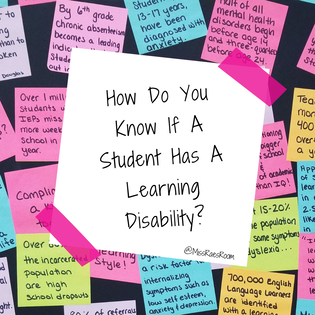
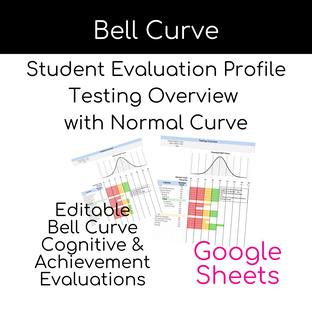
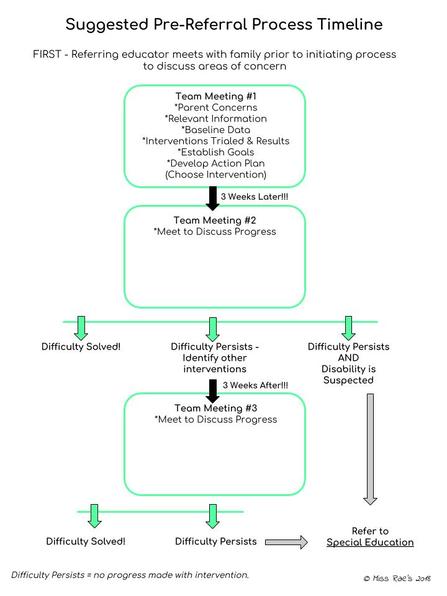
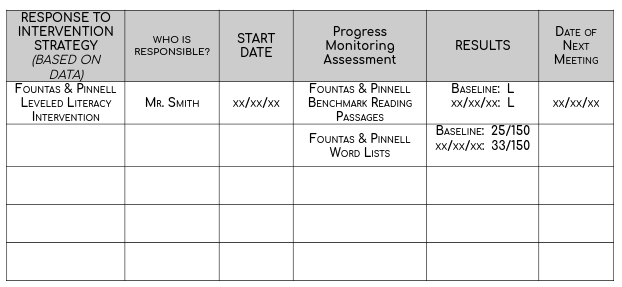
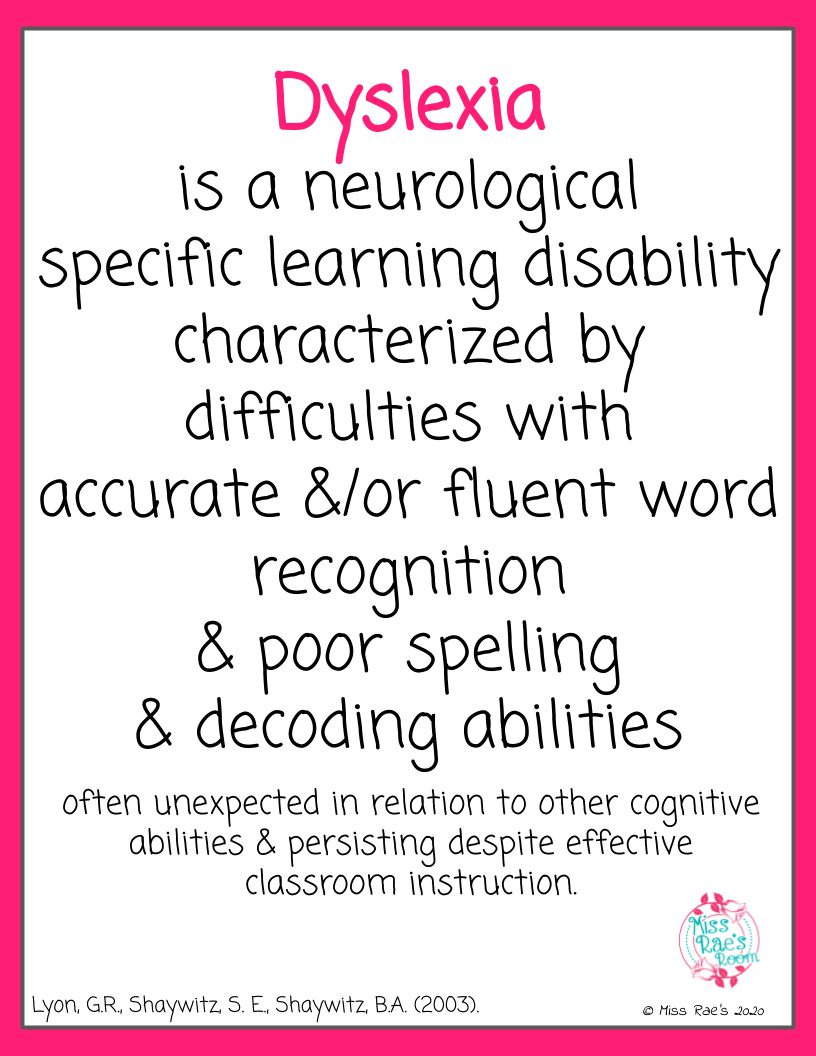
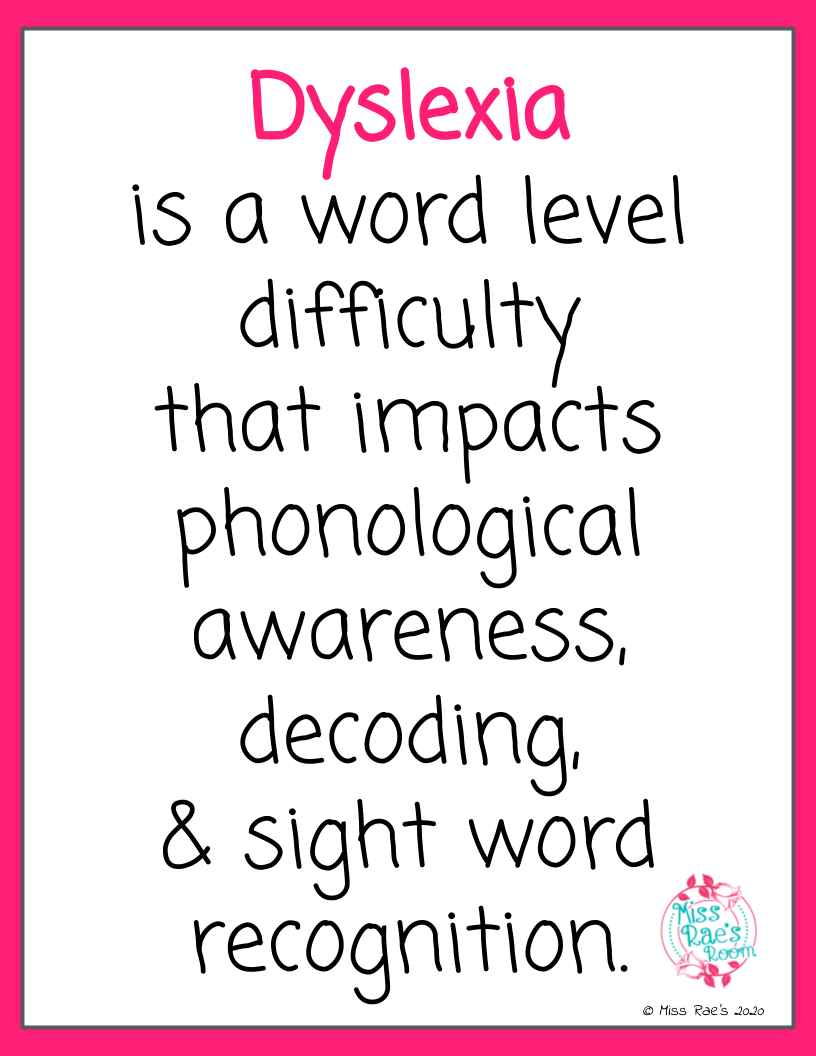
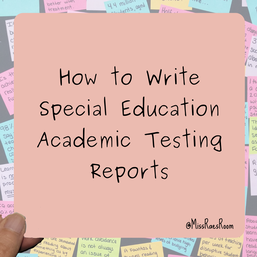
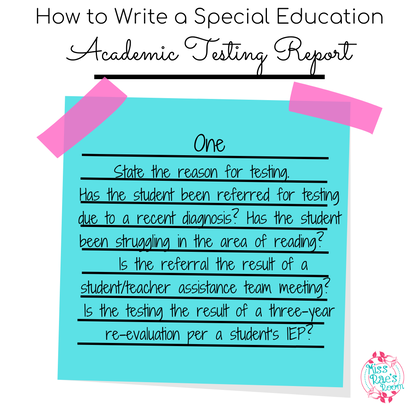
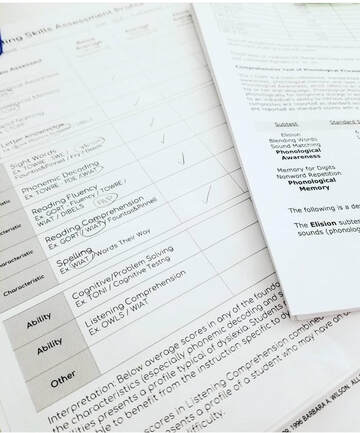
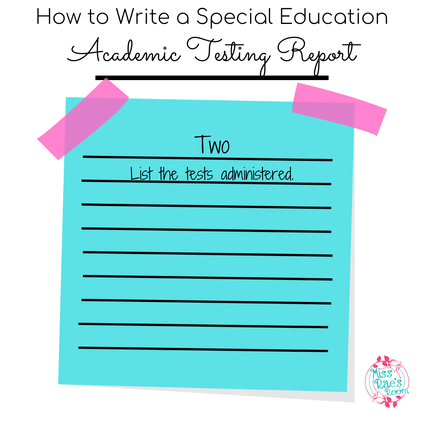
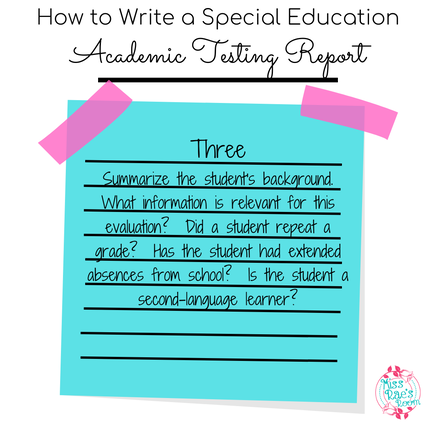
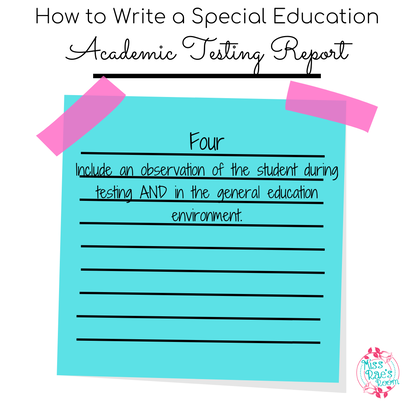
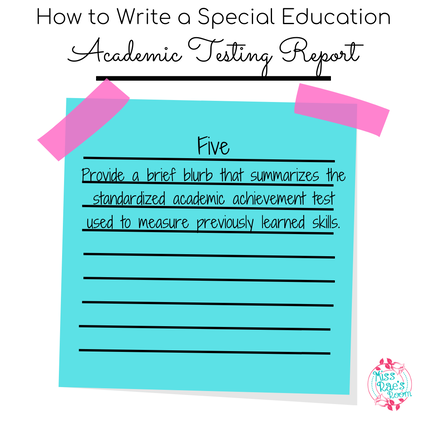
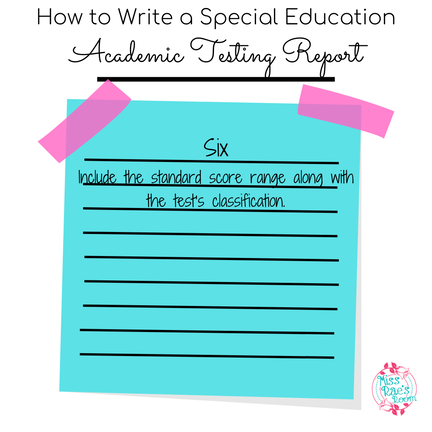

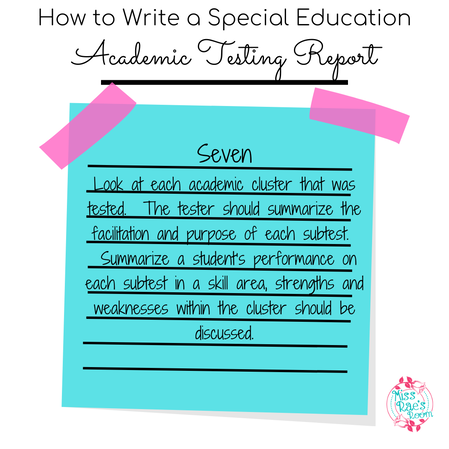
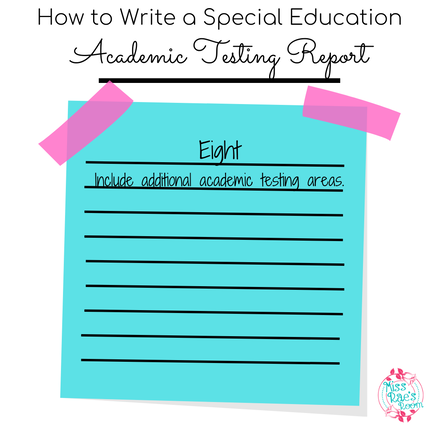
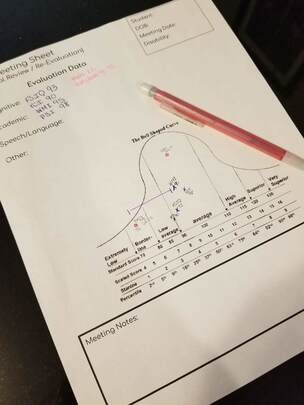
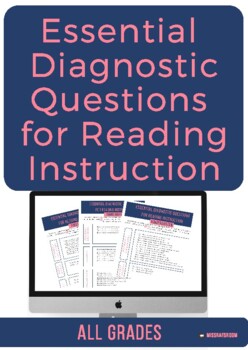
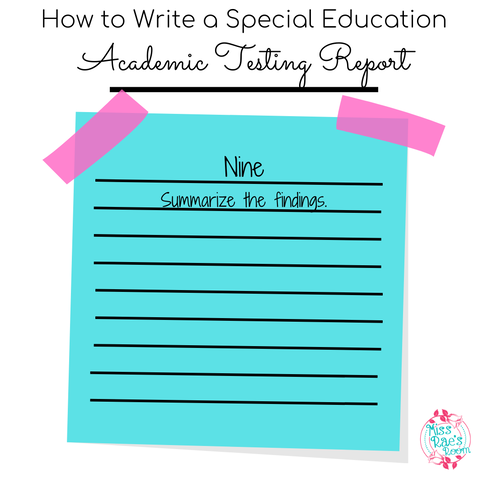
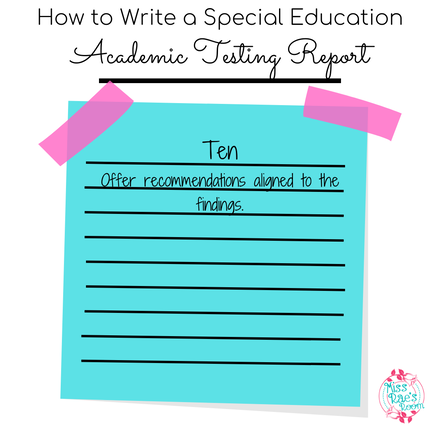
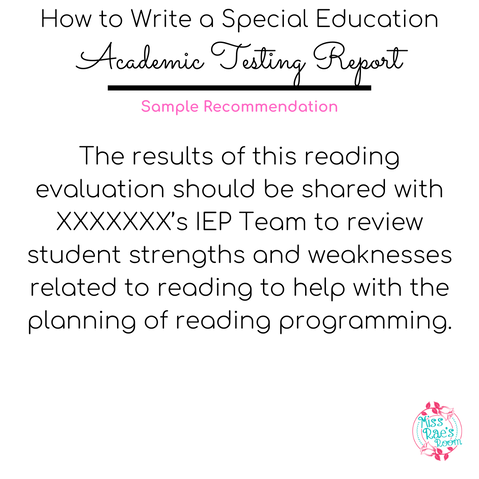
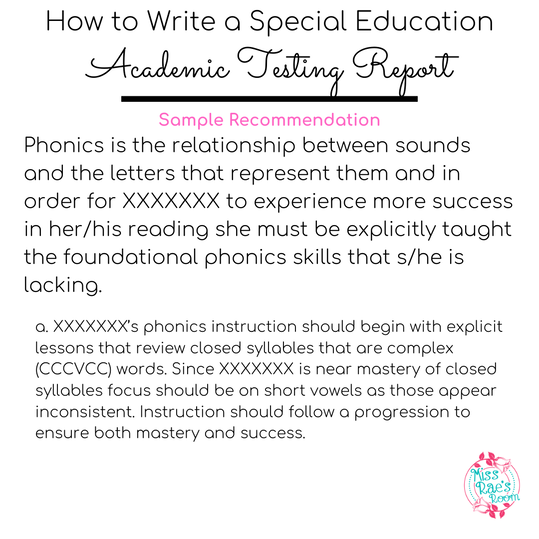
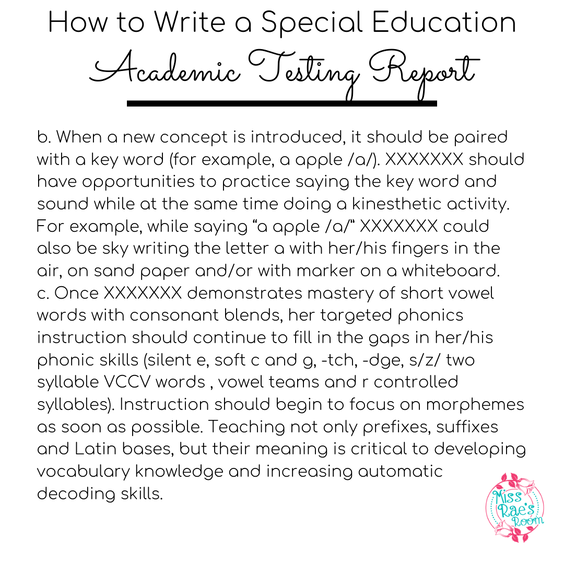
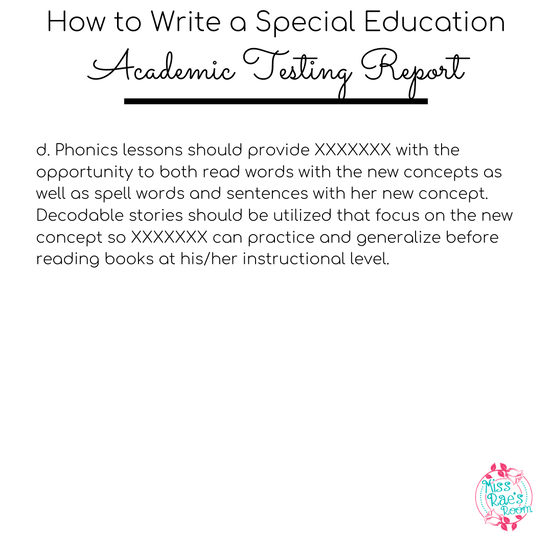
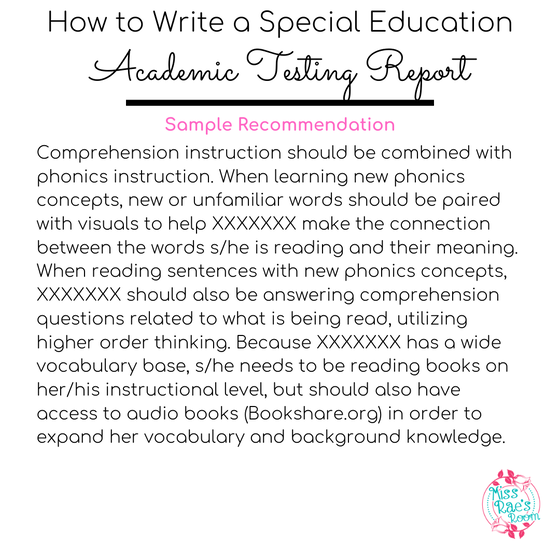
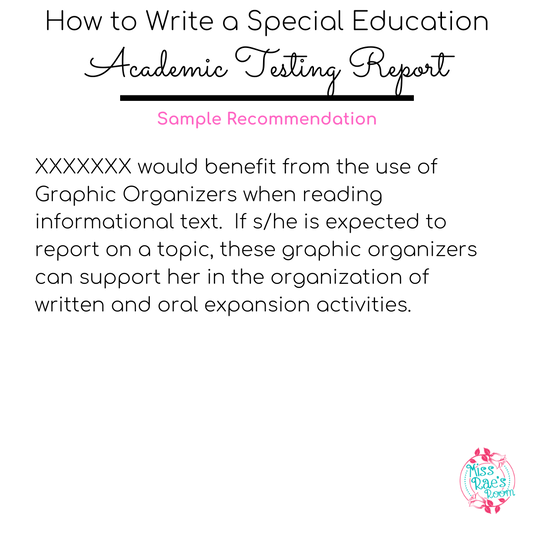
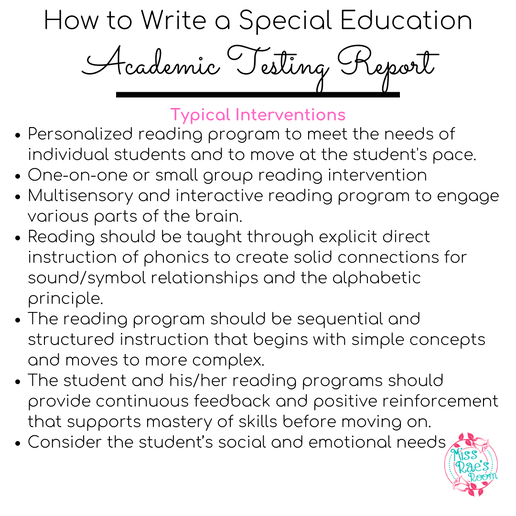
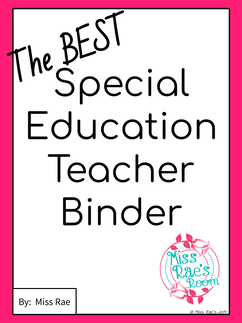
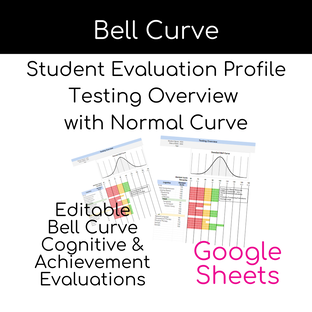
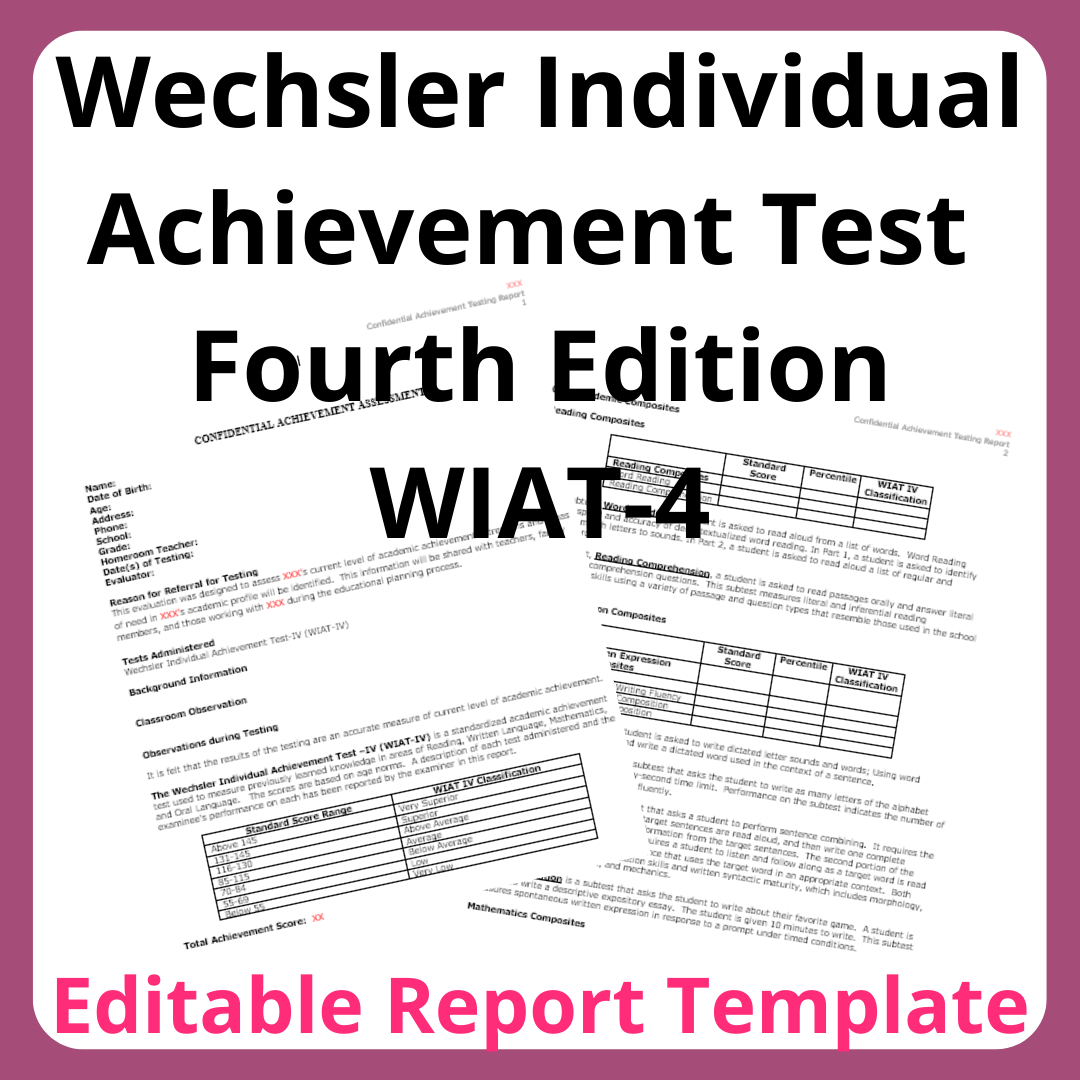
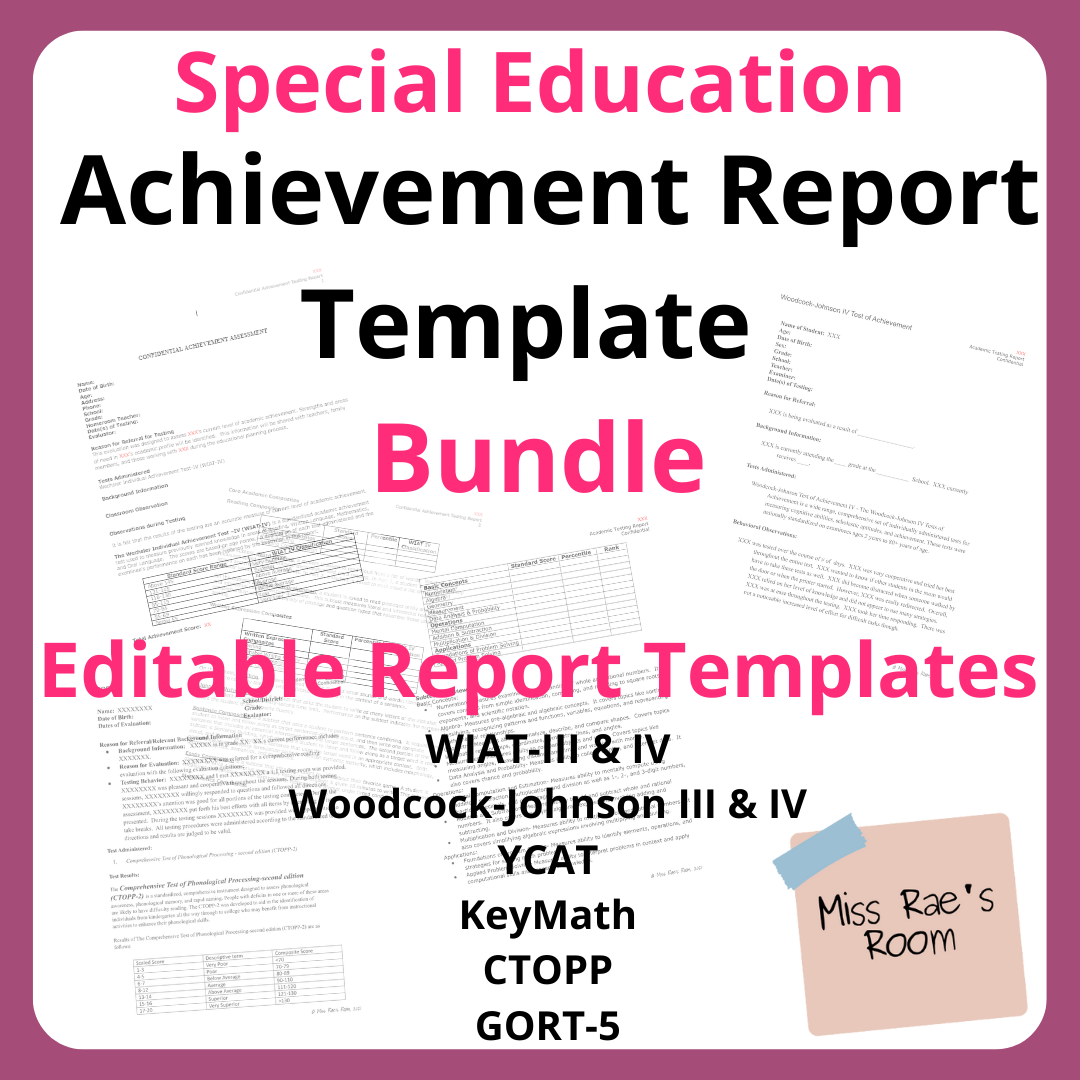
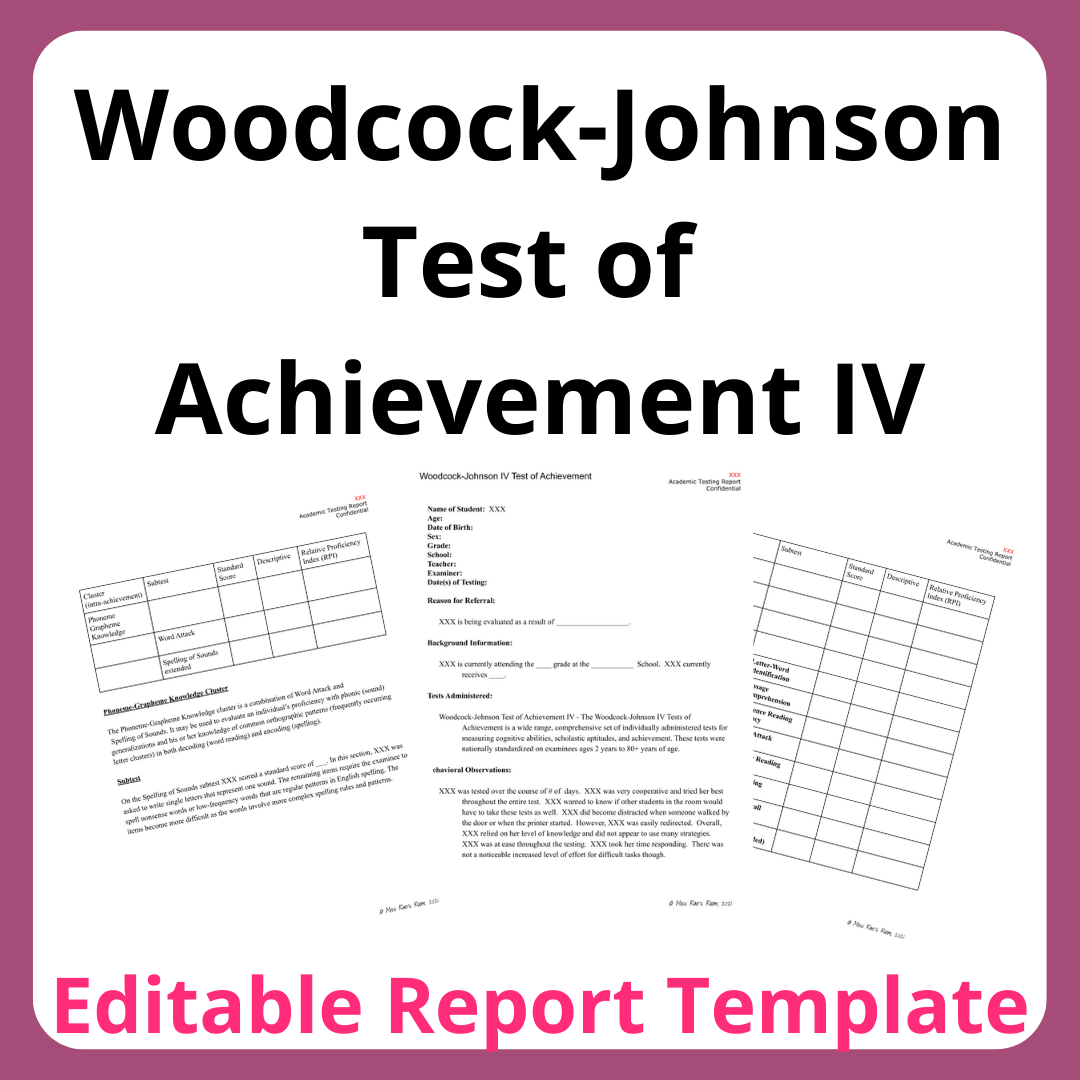
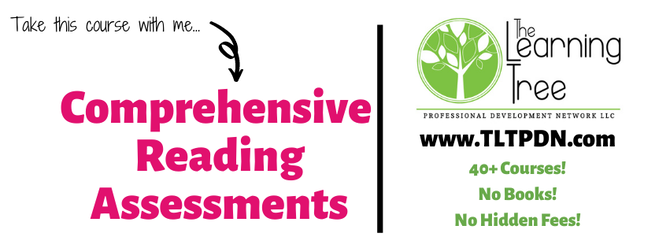
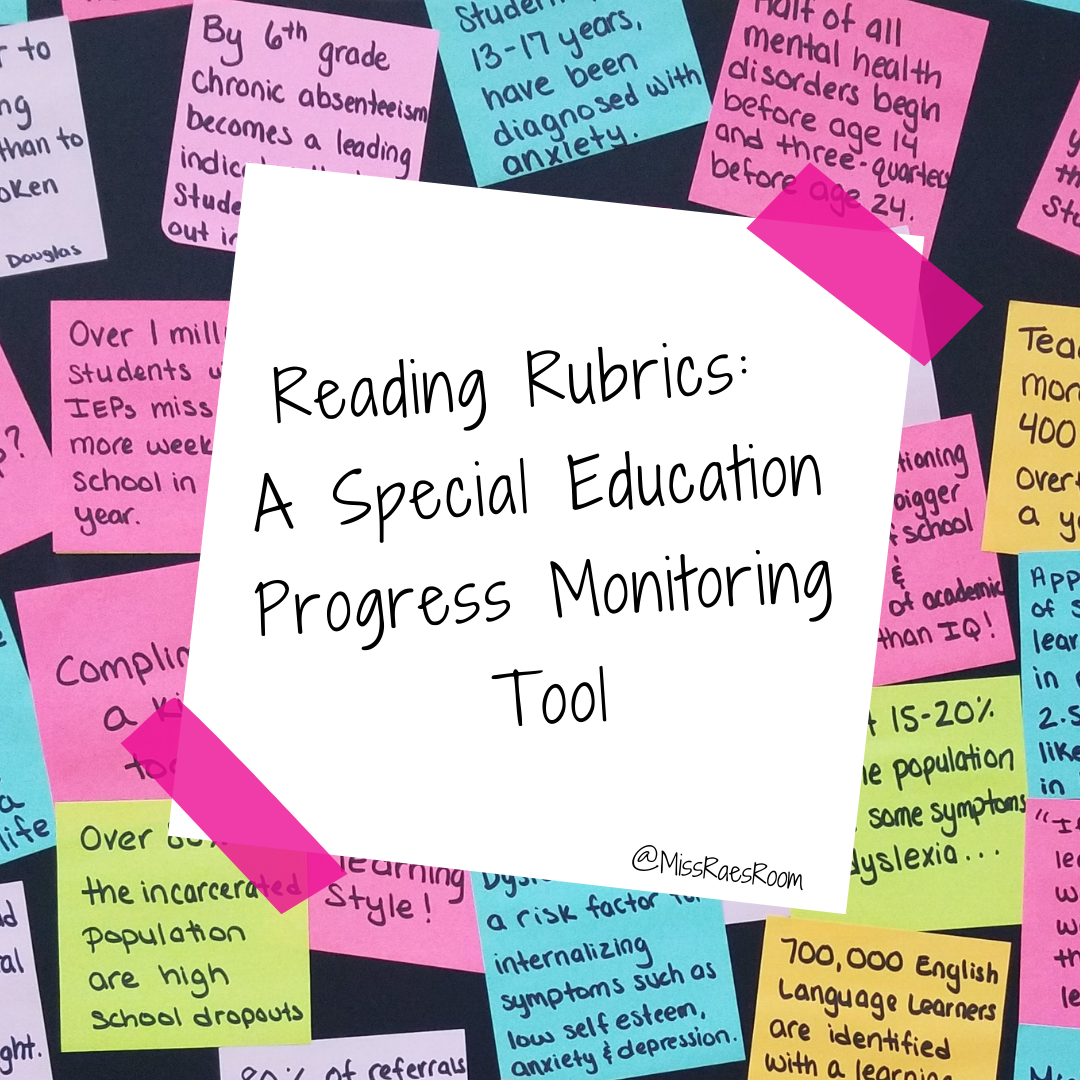
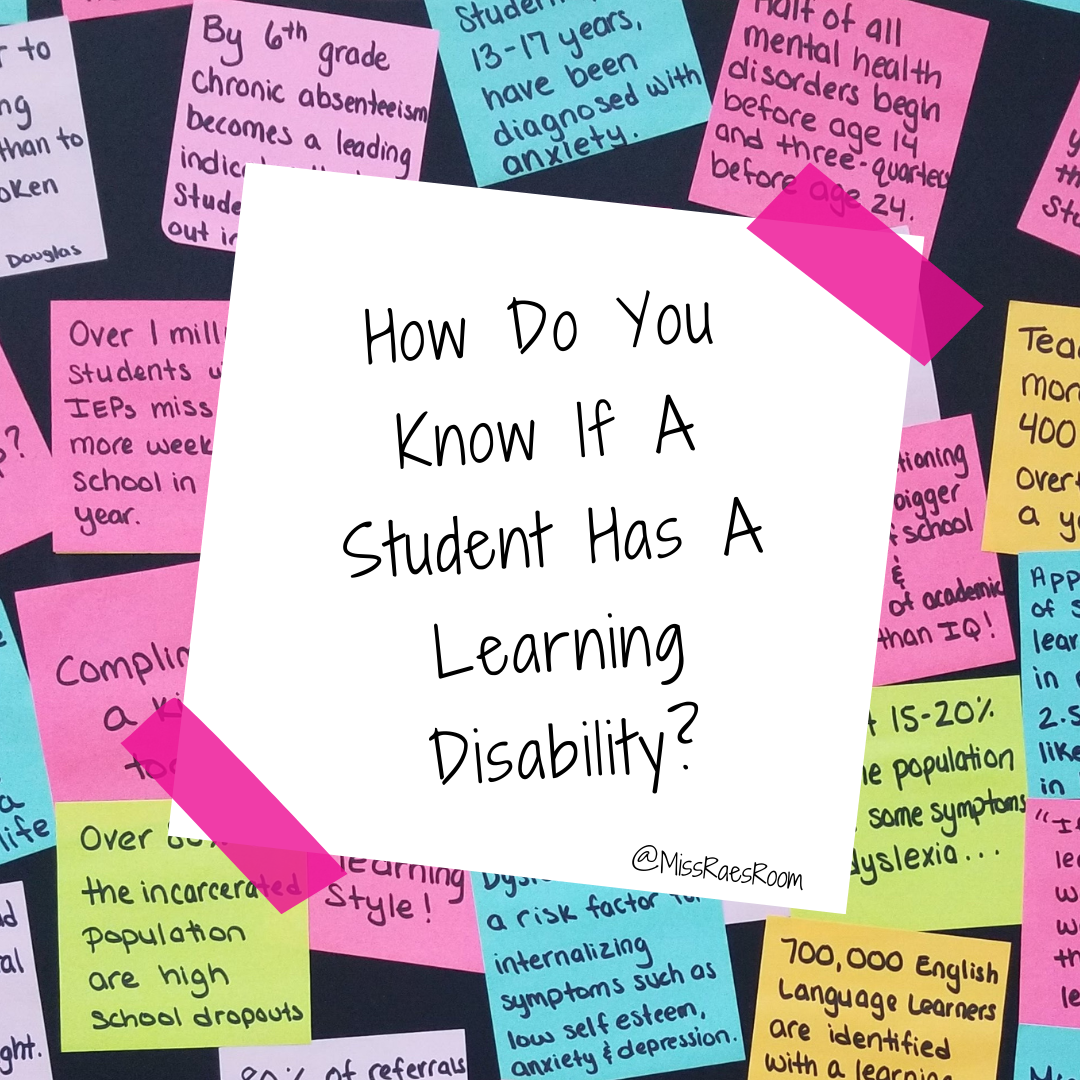
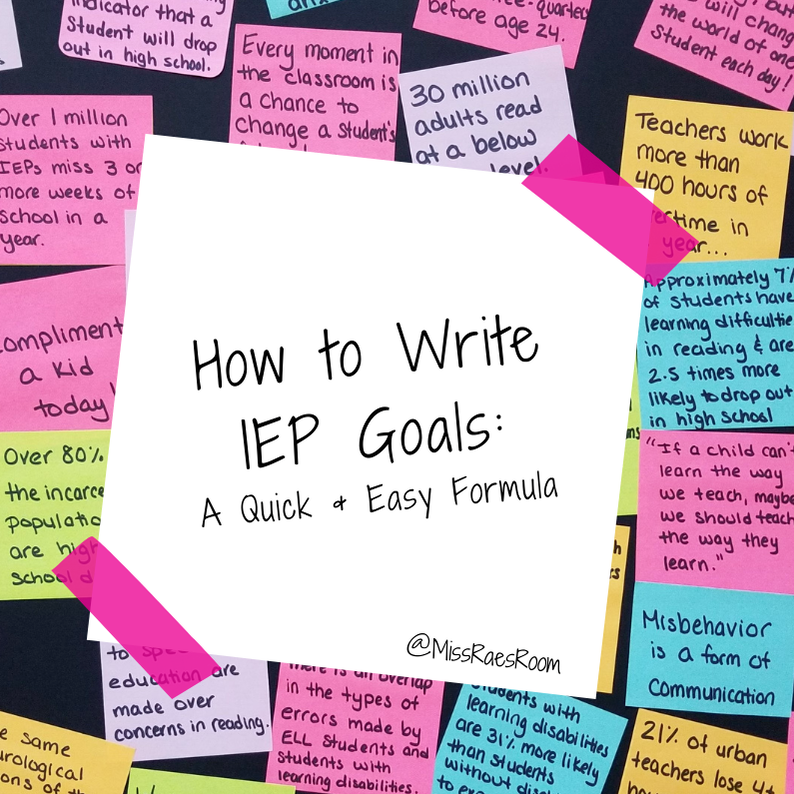
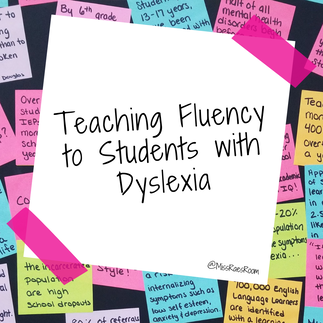
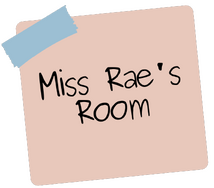
 RSS Feed
RSS Feed